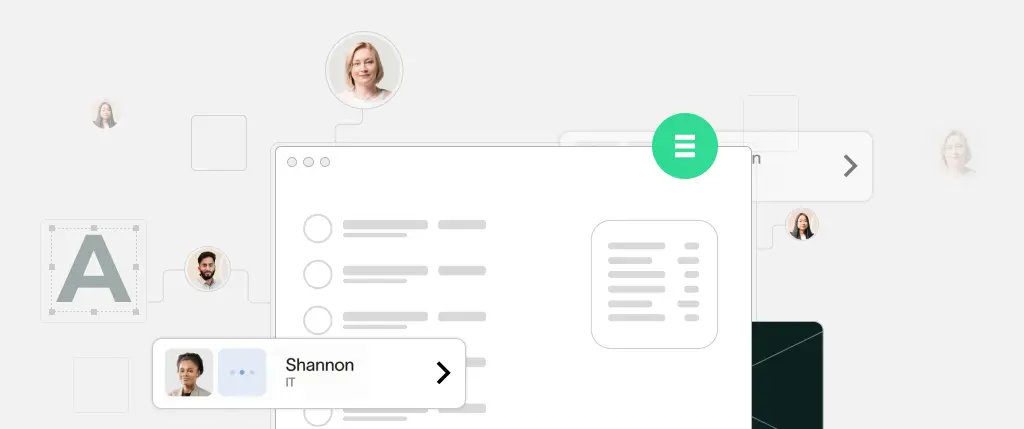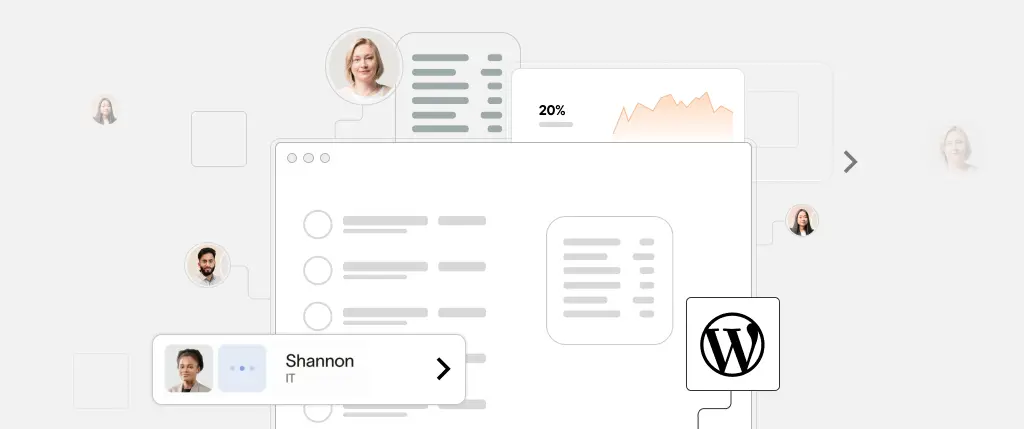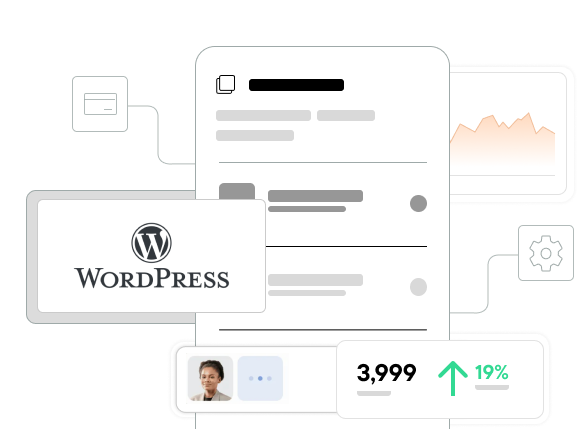Why You Need a Scalable Landing Page Builder WordPress Setup
Every marketing team needs to move fast—but slow dev queues and inconsistent landing pages kill momentum. That’s why building a scalable landing page builder WordPress solution is critical for modern growth teams.
With the right setup, marketers can create pages that follow brand guidelines, integrate with tracking tools, and go live—without developer assistance. This guide shows you exactly how to make that happen using WordPress, custom post types, blocks, and Sitebox.
What Makes a Landing Page Different?
Landing pages are not regular pages. They’re built for performance, clarity, and conversion. Most have a single purpose:
- Collect leads
- Drive signups
- Promote offers
- Encourage downloads
What separates them:
- 🎯 Targeted content tied to a campaign
- 🧭 No site navigation or distractions
- 📈 UTMs and analytics baked in
- ⚡ Fast to build and test
If you want this at scale, you need a scalable landing page builder WordPress solution—not a manual process.
Step 1: Register a Custom Post Type for Landing Pages
Custom Post Types (CPTs) allow you to manage landing pages separately from regular pages and posts.
function register_landing_page_cpt() {
register_post_type('landing_page', [
'label' => 'Landing Pages',
'public' => true,
'show_in_rest' => true,
'supports' => ['title', 'editor', 'thumbnail', 'custom-fields'],
'menu_icon' => 'dashicons-welcome-add-page',
]);
}
add_action('init', 'register_landing_page_cpt');Benefits:
- Keeps landing pages organized
- Enables custom layouts and fields
- Prepares your site for advanced automation
Step 2: Use ACF to Define Editable Page Elements
With Advanced Custom Fields (ACF), you can define inputs for:
- Hero title and subtitle
- CTA button text
- Testimonials
- Product features
- Tracking codes
This gives marketers structured fields while preventing layout chaos.
acf_add_local_field_group([
'key' => 'group_landing',
'title' => 'Landing Page Content',
'fields' => [
['key' => 'field_hero_title', 'label' => 'Hero Title', 'type' => 'text'],
['key' => 'field_cta_text', 'label' => 'CTA Button Text', 'type' => 'text'],
],
'location' => [[['param' => 'post_type', 'operator' => '==', 'value' => 'landing_page']]],
]);Step 3: Build Reusable Sections with Block Patterns
Gutenberg’s Block Patterns let you create reusable sections like:
- Hero banners
- Pricing tables
- Benefit lists
- Testimonials
Example:
register_block_pattern(
'landing/hero-cta',
[
'title' => __('Hero with CTA'),
'description' => __('Hero block with title and button.'),
'content' => '<!-- wp:cover {"url":"image.jpg"} --><h2>Your Offer</h2><!-- /wp:cover -->',
]
);Marketers select these from the block library and drop them into pages—no design required.
Step 4: Manage Access for Marketing Roles
Control who can create or edit landing pages:
function allow_marketer_access() {
$role = get_role('editor');
$role->add_cap('edit_landing_pages');
$role->add_cap('publish_landing_pages');
}
add_action('admin_init', 'allow_marketer_access');This keeps your developers focused on dev tasks and empowers marketers to build at scale.
Step 5: Add Tracking, Scripts, and Integrations
Marketing pages often require:
- Google Tag Manager
- Facebook Pixel
- Heatmaps
- Custom event scripts
You can add a dedicated “Scripts” ACF field—or better yet, use Sitebox to centrally manage and inject scripts across landing pages safely.
Template and Theme Considerations
Create a dedicated landing page template in your theme:
single-landing_page.php
<?php get_header(); ?>
<main>
<h1><?php the_field('hero_title'); ?></h1>
<a href="#form"><?php the_field('cta_text'); ?></a>
</main>
<?php get_footer(); ?>Style it to remove navigation and footer if needed—this improves focus and conversion.
Best Practices for Scalable WordPress Page Builders
🔁 Centralize design assets
Use global styles, reusable blocks, and templates to keep pages consistent.
🔒 Limit editing freedom
Prevent layout breakage by restricting editing to structured fields or locked blocks.
✅ Use Sitebox for scaling
Sitebox helps you:
- Deploy templates across sites
- Add tracking to all pages
- Control access by role
- Preview and approve content
- Manage everything with no code
📋 Establish QA and preview workflow
Use staging or Sitebox’s preview system to test and approve before going live.
Conclusion: Build Faster with a Scalable Landing Page Builder WordPress Workflow
By using Custom Post Types, ACF, block patterns, and governance tools like Sitebox, you can create a scalable landing page builder WordPress setup that empowers marketers to launch pages fast—without compromising quality or control.
You’ll gain:
- 🕒 Faster time to launch
- 🔐 Better control and access
- 🎯 Higher campaign performance
- 🔁 Repeatable, scalable workflows
Next Steps
- Install ACF and register a CPT for landing pages
- Create a landing page template in your theme
- Define structured fields for marketers
- Build reusable block patterns
- Set up access control and preview tools
- Use Sitebox to scale and govern everything
Want help setting this up? Ask me for a checklist, starter plugin, or theme config—happy to assist.




